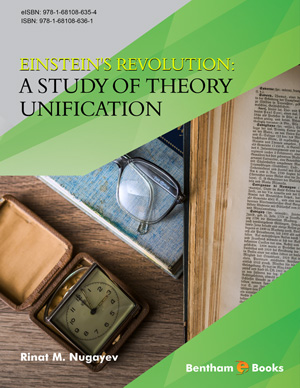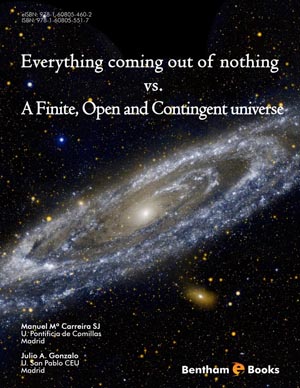Abstract
The energy parameter in the stationary Schrödinger equation is primarily continuous. Schrödinger has selected the discrete quantum states by means of boundary conditions. This, however, is mathematics for classical systems like strings and pipes. And, more important, it hides the intrinsic discrete structure of that equation. The latter is represented by the recursion relations between solutions to different values of the energy parameter. These follows from Whittaker’s integral expressions of the solutions and hold true for all solutions, not only for Schrödinger’s eigensolutions. The physically relevant solutions are distinguished by certain mathematical properties as well as physical criteria, in particular, by their compliance with the absence of perpetua mobilia. This non-classical approach is exemplified by means of the model system harmonic oscillator. For this, the chapter starts with a sketch of the classical harmonic oscillator, including quite general topics such as the separation of internal and external system parameters and Huygens’ principle, which will reappear in the quantum realm.
Keywords: Boundary conditions, Eigensolutions, Energy parameter, External system parameter, Harmonic oscillator, Huygens’ principle, Internal system parameter, Perpetuum mobile, Stationary Schrödinger equation, Selection problem, Wave function, Weber’s equation, Whittaker’s integral expressions.


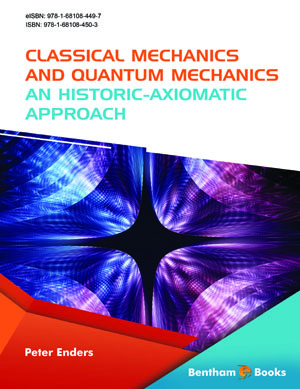


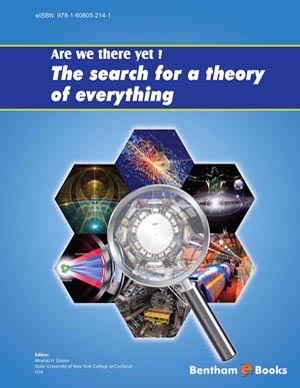

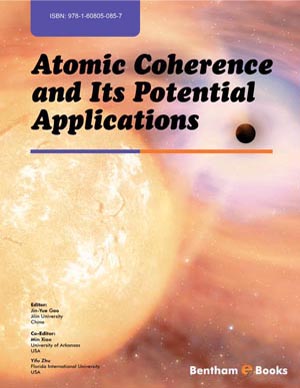
.jpg)



